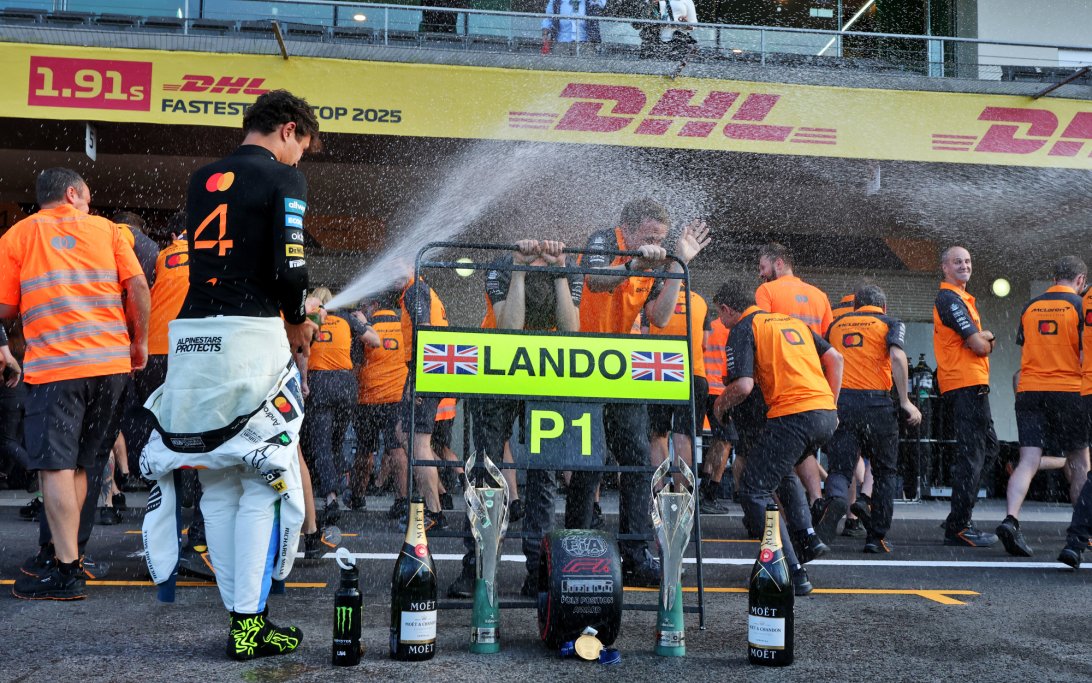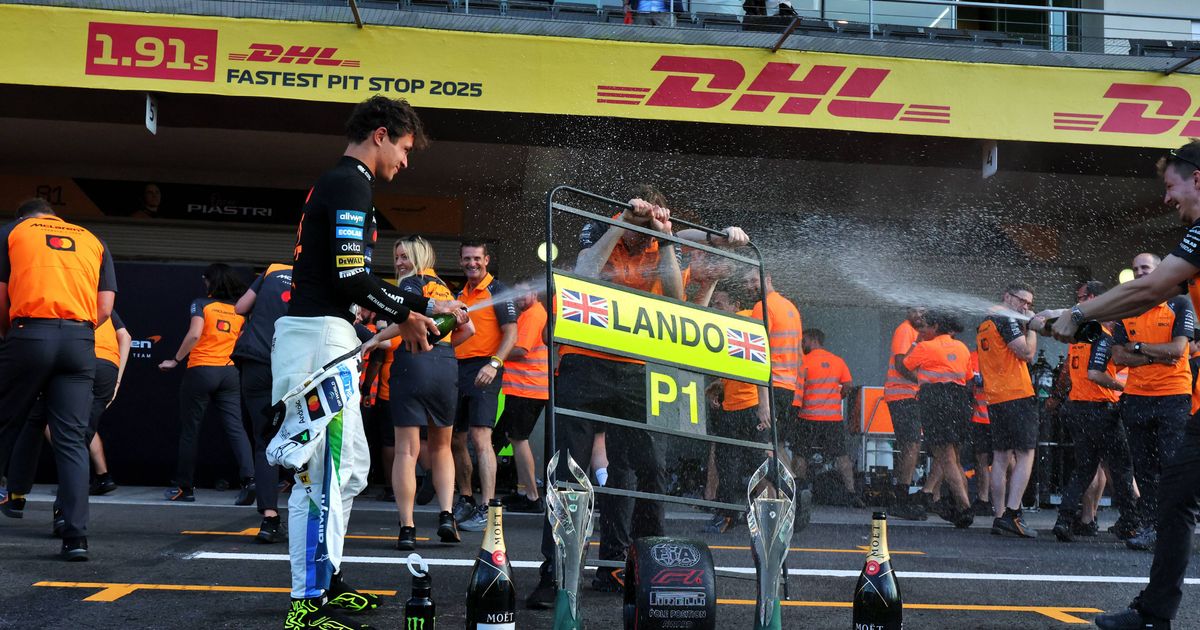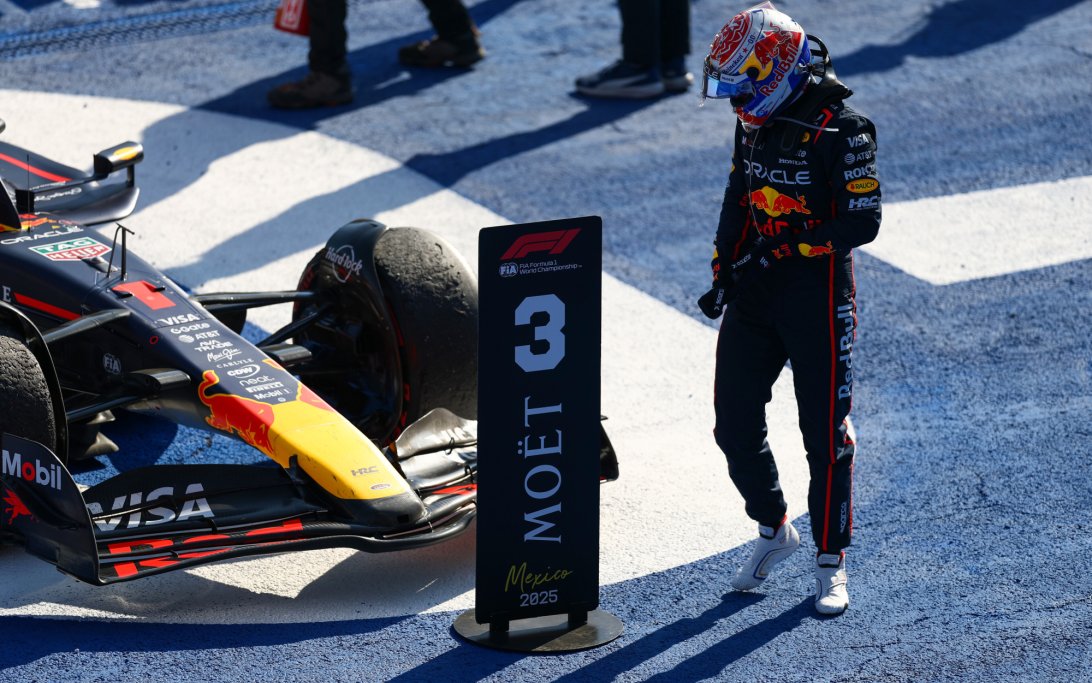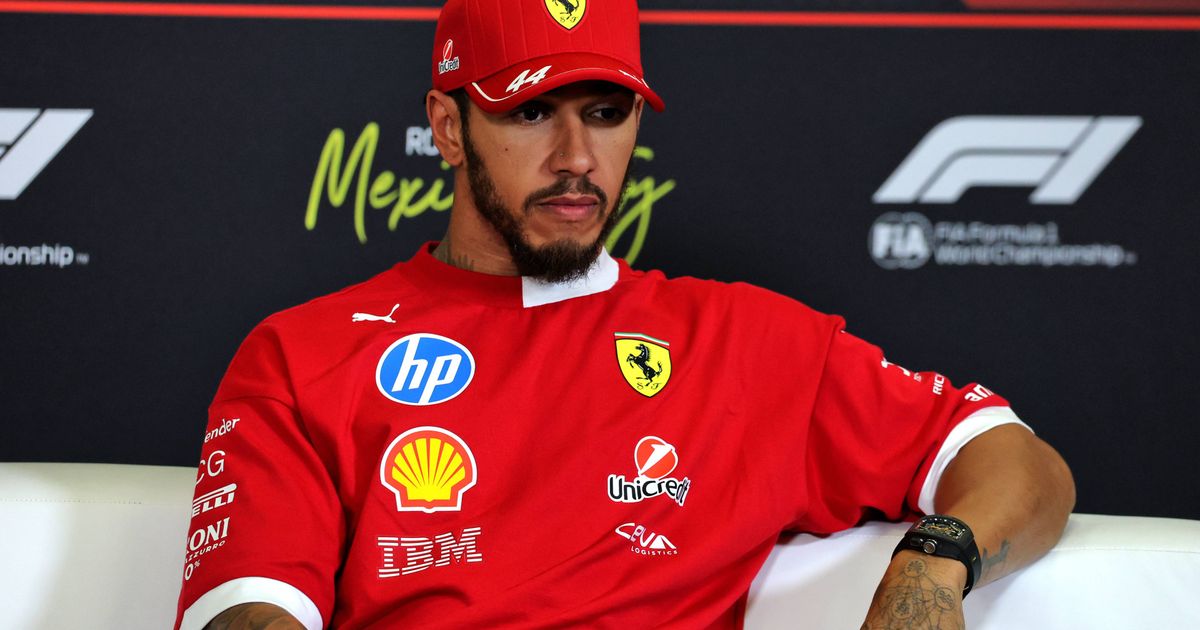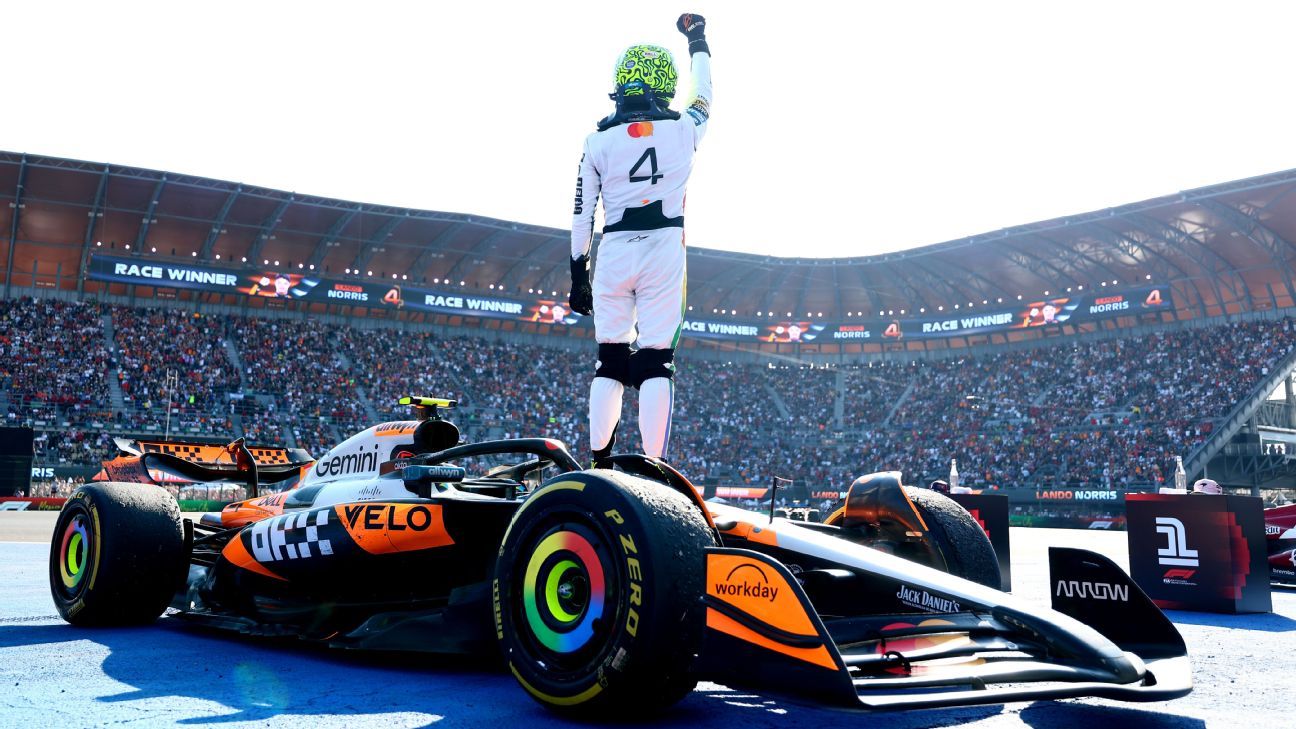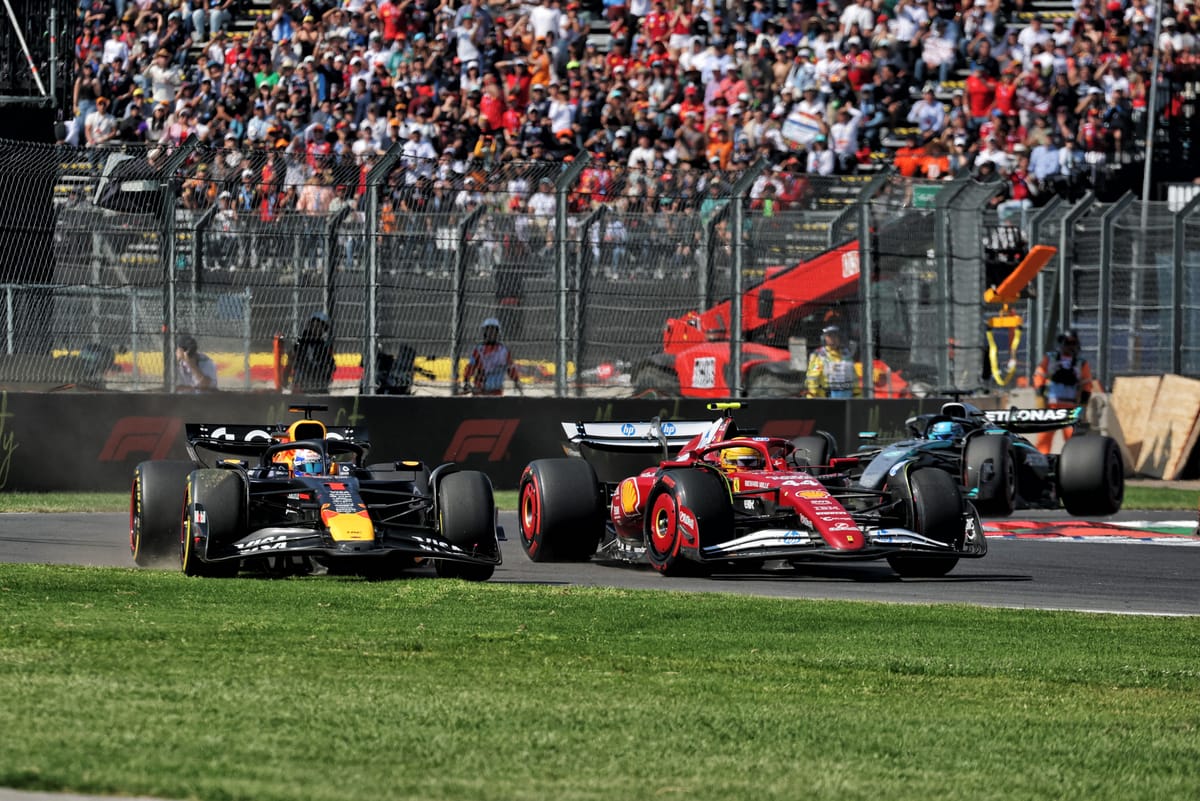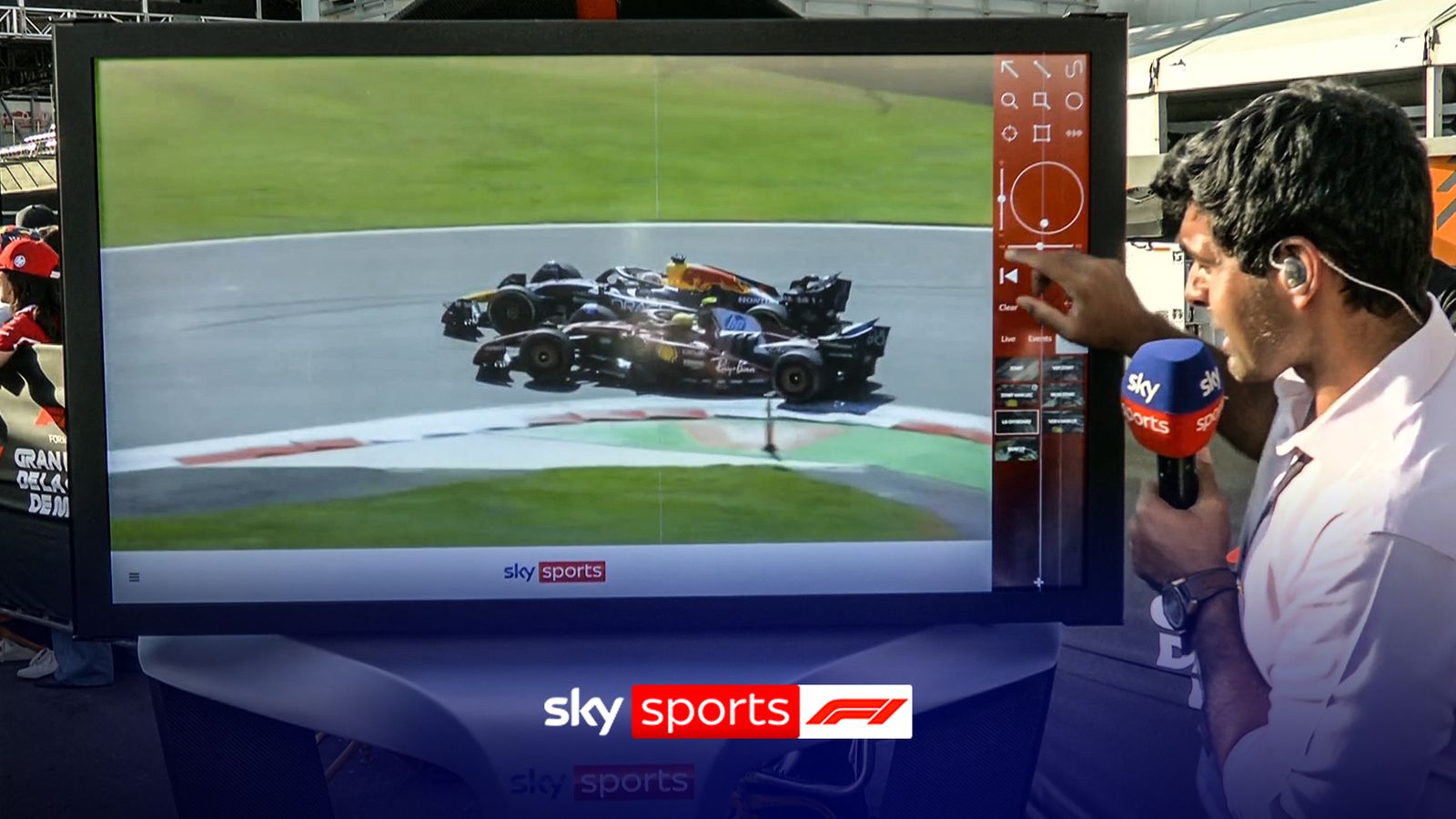
Was Hamilton's 10-Second Time Penalty Fair?
A significant point of contention from a recent Grand Prix was the 10-second time penalty handed to Lewis Hamilton after a wheel-to-wheel battle with Max Verstappen. This incident sparked considerable debate among fans and pundits, raising questions about consistency in stewarding decisions and the interpretation of racing incidents.
Why it matters:
- Penalties like the one given to Hamilton can significantly alter race outcomes and championship dynamics, especially in tightly contested seasons.
- The consistency and perceived fairness of stewarding decisions are crucial for maintaining the sport's integrity and driver confidence.
- This particular incident highlights the ongoing challenge for stewards to differentiate between aggressive, yet fair, racing and actions that warrant penalization.
The Details:
- The Incident: During a high-stakes wheel-to-wheel battle, Hamilton and Verstappen made contact, leading to Hamilton receiving a 10-second time penalty for causing a collision.
- Chandhok's Analysis: Motorsport analyst Karun Chandhok reviewed the incident, suggesting that while contact occurred, it was a racing incident rather than a clear case of one driver solely at fault.
- Comparison to Past Incidents: Chandhok often references similar past racing scenarios to illustrate how such events have been officiated, sometimes inconsistently.
- Stewards' Justification: Typically, stewards review multiple angles, telemetry data, and driver testimonies before issuing a penalty, with their decision often hinging on who was 'predominantly to blame.'
- Driver Perspective: Both Hamilton and Verstappen are known for their aggressive driving styles, often pushing the limits in their on-track duels, which frequently brings them to the stewards' attention.
Between the lines:
This penalty, and the discussion it generated, underscores a recurring theme in Formula 1: the fine line between hard racing and punishable actions. It’s a debate as old as the sport itself, often fueled by differing interpretations of the rules and the inherent subjectivity in judging high-speed, dynamic situations. The controversy also reflects the intense rivalry between two of the sport's most successful drivers, where every on-track skirmish is magnified.
What's next:
The discussions around this specific penalty will likely continue, influencing future stewarding decisions and potentially leading to clearer guidelines for racing incidents. As the season progresses, drivers and teams will be keenly aware of how such contacts are judged, possibly adjusting their racing approaches to avoid similar sanctions. The sport's governing body, the FIA, may also face pressure to review its penalty system to ensure greater clarity and consistency across all races.
Original Article :https://www.skysports.com/f1/video/12870/13458553/mexico-city-gp-was-lewis-hamil...


